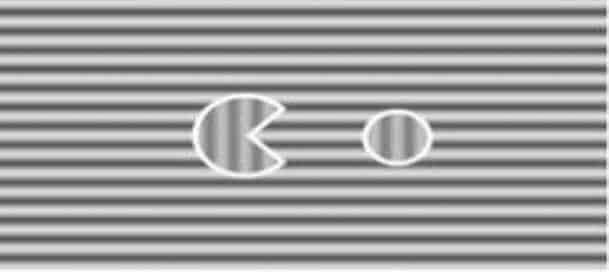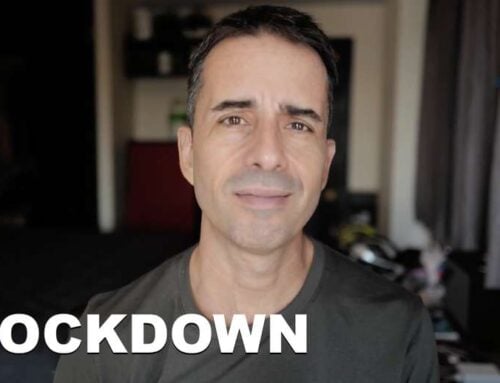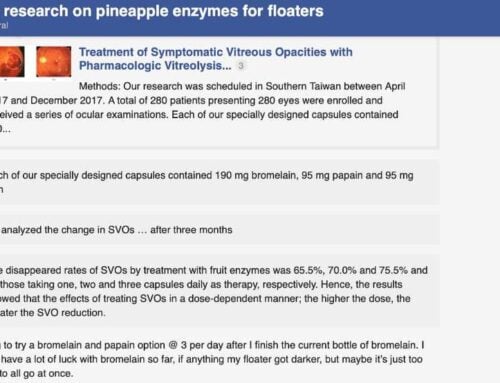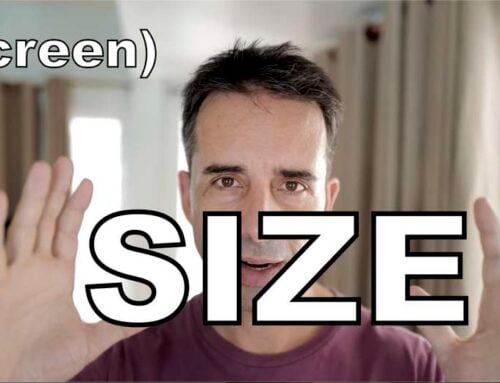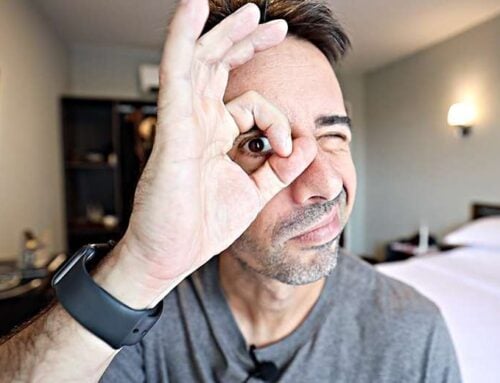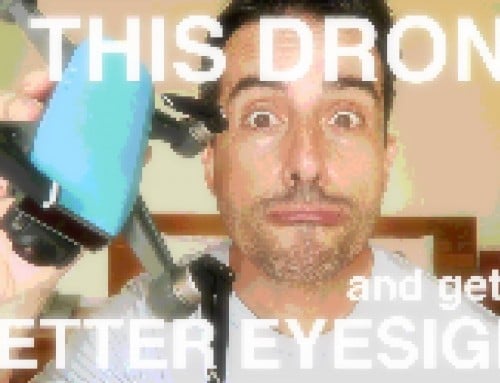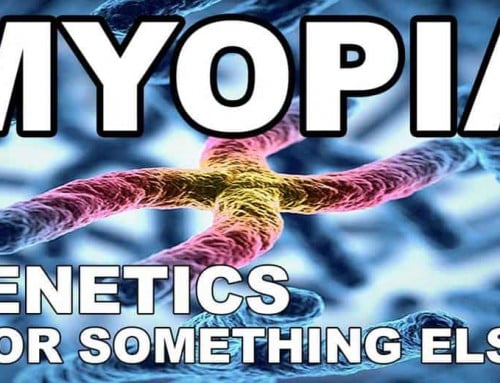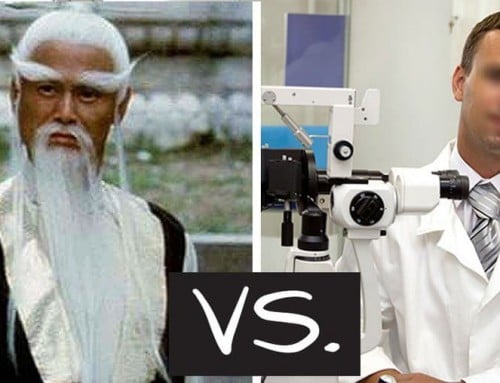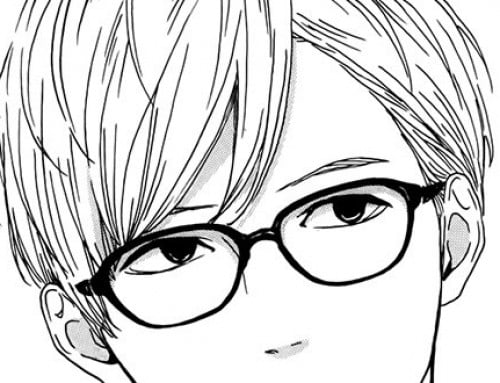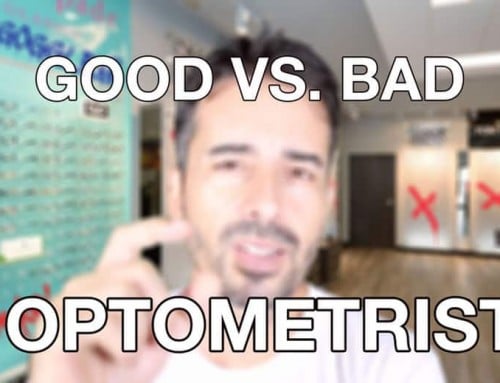We have a lot of discussion internally, on how to best serve you, our reader and supporter of this site. A lot of this is purely theoretical, since it all hinges on the current day dreams of “what if the site actually made money”?
For the moment, you are getting ongoing new articles here, and the best we have in terms of support in the forum, and of course Alex’ excellent Web courses.
You also get the useful printable diopter measuring tape, and a few android apps to measure eyesight. It’s all still rather humble, though in my own years of seeking eyesight health sources this is already better than most of what I found previously anywhere else. But the vision of this site is to eventually have much more than just words on a page. We want to do more helpful and more exciting things for you! The knowledge exists, it’s just that nobody is putting it to good use in a way that would make it easily accessible to you.
There is both the science and actual tools in place in studies, improving weak eye vision, using video games.
To wit, take a look at this recent study from the Ohio State University:
![]() Scientists have created video games that add an important element of fun to the repetitive training needed to improve vision in people — including adults — with a lazy eye and poor depth perception.
Scientists have created video games that add an important element of fun to the repetitive training needed to improve vision in people — including adults — with a lazy eye and poor depth perception.
The training tools, including a Pac-Man-style “cat and mouse” game and a “search for oddball” game, have produced results in pilot testing: Weak-eye vision improved to 20/20 and 20/50 in two adult research participants with lazy eyes whose vision was 20/25 and 20/63, respectively, before the training began.
Unlike the common use of eye patches on dominant eyes to make lazy eyes stronger, this type of testing uses a “push-pull” method by making both eyes work during the training. Patching is push-only training because the dominant eye remains completely unused.
With push-pull, both eyes are stimulated but with the weaker eye exposed to more complex images that create a stronger stimulus. In this way, both eyes are encouraged to interact as they should, but the dominant eye’s power in the relationship is suppressed. This technique targets important pathways in the brain that must be active to produce balanced vision.
“We know push-pull works. Now it’s a question of how much better we can make it work,” said Teng Leng Ooi, professor of optometry at The Ohio State University. “In tests of these games, we’ve seen improvements in depth perception and binocular vision in people with lazy eye. The more abnormal the binocular vision is, the higher the number of training sessions needed.”
Ooi presented the research Wednesday (Nov. 19) at Neuroscience 2014, the annual meeting of the Society for Neuroscience.
Lazy eye, or amblyopia, affects an estimated 2 to 3 percent of the population. The childhood disorder results when the neural pathway from one eye to the brain does not develop because the eye is sending blurry and/or incompatible images. This lack of balance in the eyes typically leads to poor depth perception — and the greater the imbalance is, the more depth perception is impaired.
Ooi and colleagues designed the push-pull training as a way to tap into brain networks responsible for both inhibition and excitation signals that govern binocular vision. They determined that the training can work not only for patients with a lazy eye, but in people with normal vision who have more subtle eye dominance that affects their depth perception. The improvements lasted for at least eight months after the training was completed.
The new computer games improve upon the initial design by ensuring these pathways are adequately stimulated in each eye, and even in lazy eyes caused by an eye turn. The games feature groups of lines with differing orientation, and players wear red-green 3-D glasses that filter the images to each eye. The dominant eye is stimulated with only a full screen of horizontal lines. The weak eye sees bordered disks that contain vertical, horizontal or diagonal lines imposed against a background of those same horizontal lines.
The contrasting disks serve as the focal points of the games. In the cat and mouse game, a Pac-Man-shaped cat must eat scurrying mice (disks) that have lines oriented in the same way as the cat. In another game, users view a matrix of disks containing lines of different orientation and must use the cursor to line up a master disk with disks that have the same line orientation.
“We make sure the weak eye is seeing the contrasting images at all times. The strong eye has stimulation, but it is cortically suppressed. That is pull. The weak eye is pushed to work,” Ooi said. “And even if an eye is not stable, wherever your eyes are sharing vision, the corresponding retinal points are being stimulated. We think that makes our game design highly effective.”
As participants grow more familiar with the games, the researchers can make the tasks more complicated or impose a shorter deadline to finish. And Ooi doesn’t overlook the need for this kind of training to be tolerable.
“The training we initially designed was quite boring. Participants had to keep their eyes still all the time and keep looking steadily at the same target, and it lasted for 1 ½ hours,” she said. “With the games, participants are working on a laptop and each game lasts only a few minutes. Therefore, even if the total training duration is long with repetitive game playing, the participants only need to concentrate hard for a few minutes at a time while they enjoy the challenge of the game.”
Ooi completed the work with co-authors Zijiang He of the University of Louisville and Yong Su of Salus University in Pennsylvania.”
—
Full article here.
Rather than fighting our current lifestyle, we have to find ways to enable it to protect and improve our eyesight. Alex vision has always been to build habits and work within the confines of your current daily life. We need to expand this by actively including things like gaming and smartphone tools to make it easy and enjoyable to maintain healthy eyesight.
We aren’t there yet. But we made it past stage one, getting the site to continue to exist past Alex’ retirement, and are well on the way to stage two, bringing more therapists and a wider range of eyesight health related content.
Once contributions allow us to support further R&D and development of tools, I’m hopeful we will be able to continue to bring you better and increasingly more helpful tools for your eyes!
As always, if you want to help, grab one of the courses, or help us spread the word on other health sites and forums.
Many thanks for your contributions,
– Jake Steiner

